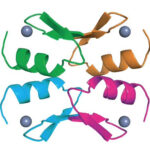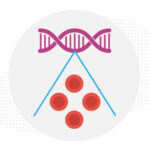“A setback for a comeback”: Brody perseveres with Paget-Schroetter Syndrome
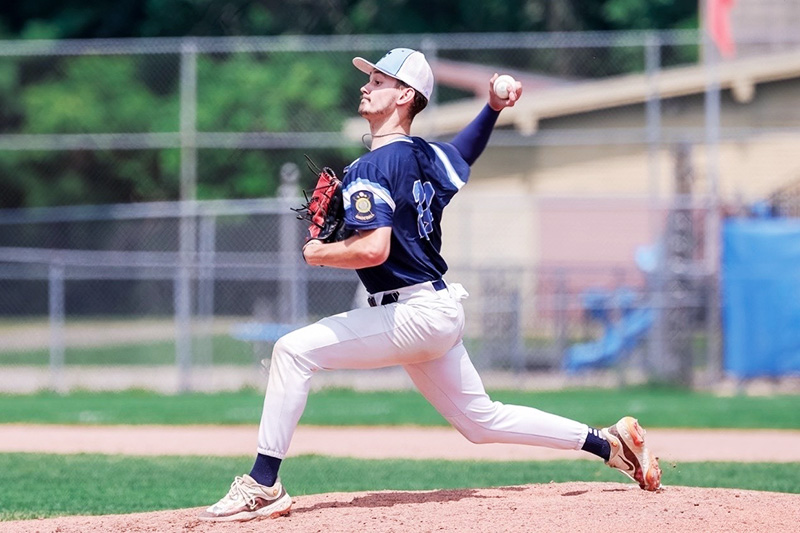
Baseball has been part of Brody Walsh’s story from the very start.
Now 19 and a college sophomore, Brody pitches for the Thomas College Terriers baseball team. But his path to this point has not been easy, to say the least: Just two years ago, a serious medical condition threatened his pitching career.
Faced with uncertainty, Brody could have easily put down his glove — but that’s not his style. Instead, his response was resolute: Challenge accepted.
On the cusp of playoffs, Brody gets a mysterious injury
Toward the end of his junior year of high school, Brody was pitching more than usual as his team pushed for a playoff spot. One week, he pitched far above his average: “I threw 95 pitches on Monday and 105 on Friday,” Brody recalls.
Two days later, something was wrong. “I was out golfing with my friends, and I realized my pitching arm was twice its normal size and turning purple,” he says. “I couldn’t feel my fingers.”
At first, Brody was misdiagnosed with a torn bicep. But as his symptoms persisted, it became clear something else was wrong. Seeking answers, he underwent an ultrasound, which revealed that Brody had a blood clot. A specialist prescribed a three-month course of blood thinners, expecting the issue to resolve. But when Brody returned for a follow-up visit, the clot had grown. It was clear he needed more targeted care.
Finding answers at Boston Children’s Hospital
Determined to get the right treatment, Brody and his family turned to Boston Children’s, a place they already knew well: Brody’s brother had been to Boston Children’s for cancer treatment. “We already knew how great of a place it is, how welcoming they are, and how much they know,” Brody says. “We knew we had to go there for this.”
When he arrived, Brody met with Dr. Riten Kumar and his team in the Thrombosis, Anticoagulation, and Vascular Patency Program. Dr. Kumar diagnosed Brody with right-sided venous thoracic outlet syndrome, also known as Paget-Schroetter syndrome.
Paget-Schroetter syndrome occurs when the subclavian vein, which drains blood from the arm, is compressed between the collarbone and first rib, leading to clotting, significant swelling, and chronic pain. Often caused by repetitive arm motions such as pitching, the condition is sometimes called “effort thrombosis.”
For many young athletes, a diagnosis like this would be devastating. But Brody remained optimistic. “[I knew] it was a setback for a major comeback,” he says. “I just called my head coach and said, ‘Hey, this is what’s going on. I should be good for next season.’”
The first procedure on the road to recovery
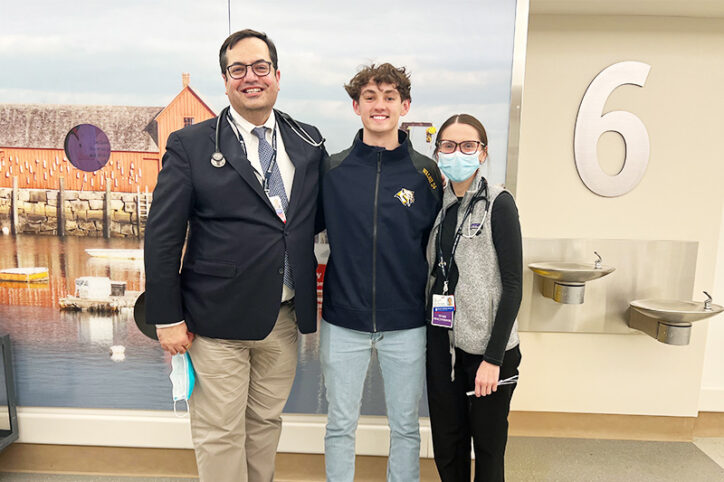
Dr. Kumar explained that because Brody’s clot had been there so long, the road ahead would be challenging. The first step would be a venoplasty — a minimally invasive procedure used to restore blood flow by widening blocked or narrow veins.
Brody’s venoplasty took place in October of 2022, under the care of Dr. Raja Shaikh. The procedure was expected to take around an hour but lasted for four hours as his team worked to break up the clot.
The procedure was a success. But when Brody returned for a follow-up visit in November, Dr. Kumar delivered tough news: “The blood clot came back with vengeance.” It was time for a new approach.
Compassionate care after rib removal keeps Brody on the field
Because the first rib can compress the subclavian vein and contribute to Paget-Schroetter syndrome, removing it can help alleviate the pressure and prevent further clotting. In December, Dr. Biren Modi performed thoracic outlet decompression on Brody, which included removing the rib contributing to his symptoms.
Brody spent six days in the hospital following surgery. During that time, he remembers the comfort and support he received from his care team. “Every morning, someone from the team would come check on me. And all the nurses took such great care of me. Everyone made me feel warm in a cold situation.”
To date, Brody has undergone five procedures, including multiple venoplasties. Each time, Dr. Kumar and his team have worked to keep him on the field. “In January, I asked if we could complete a venoplasty early enough to be ready for baseball season in February,” Brody says. “Dr. Kumar made it work.”
Navigating the path forward
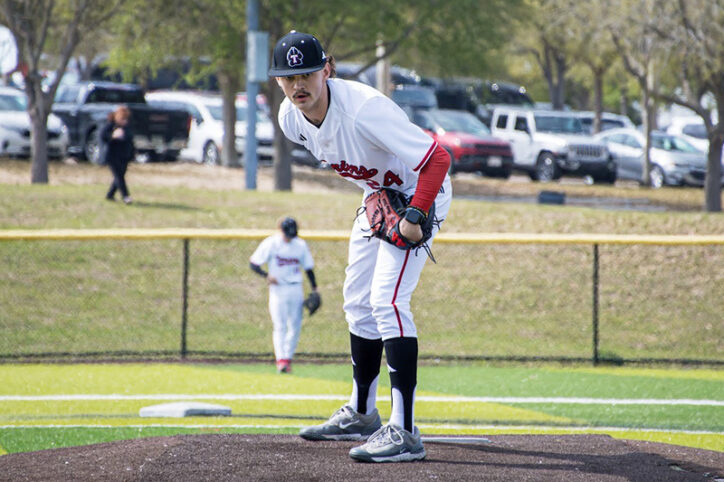
For most patients with Paget-Schroetter syndrome, rib removal and multiple venoplasties prevent recurring clots. Patients who do experience a recurring clot usually have a clotting disorder. But for Brody, things are a bit more complicated: Despite not having a clotting disorder, the clot continues to come back. So now, Brody and his team are considering future options, such as additional surgeries that may help stop the clot for good.
In the meantime, Brody’s out on the pitcher’s mound, with blood thinners and specialized compression garments that help him manage his post-thrombotic syndrome: the long-term pain and swelling that can occur after a blood clot. He still faces challenges — his arm swells up when he pitches, his fingers get numb, and he fatigues quickly.
But that hasn’t stopped him. In fact, for Brody, every new challenge is a motivator. “When I got diagnosed, I heard that I may never be able to pitch again,” he says. “That made me want to work harder and prove I could do it.”
Thanks to the support of Dr. Kumar and his care team at Boston Children’s, he’s done just that.
Learn more about the Thrombosis, Anticoagulation, and Vascular Patency Program
Related Posts :
-

Tough cookie: Steroid therapy helps Alessandra thrive with Diamond-Blackfan anemia
Two-year-old Alessandra is many things. She’s sweet, happy, curious, and, according to her parents, Ralph and Irma, a budding ...
-

Could a pill treat sickle cell disease?
The new gene therapies for sickle cell disease — including the gene-editing treatment Casgevy, based on research at Boston Children’s ...
-

A sickle cell first: Base editing, a new form of gene therapy, leaves Branden feeling ‘more than fine’
Though he doesn’t remember it, Branden Baptiste had his first sickle cell crisis at age 2. Through elementary school, he ...
-

A universal gene therapy for Diamond-Blackfan anemia is poised for clinical testing
Diamond-Blackfan anemia (DBA), first described at Boston Children’s Hospital in 1938, is a rare blood disorder in which the bone ...



